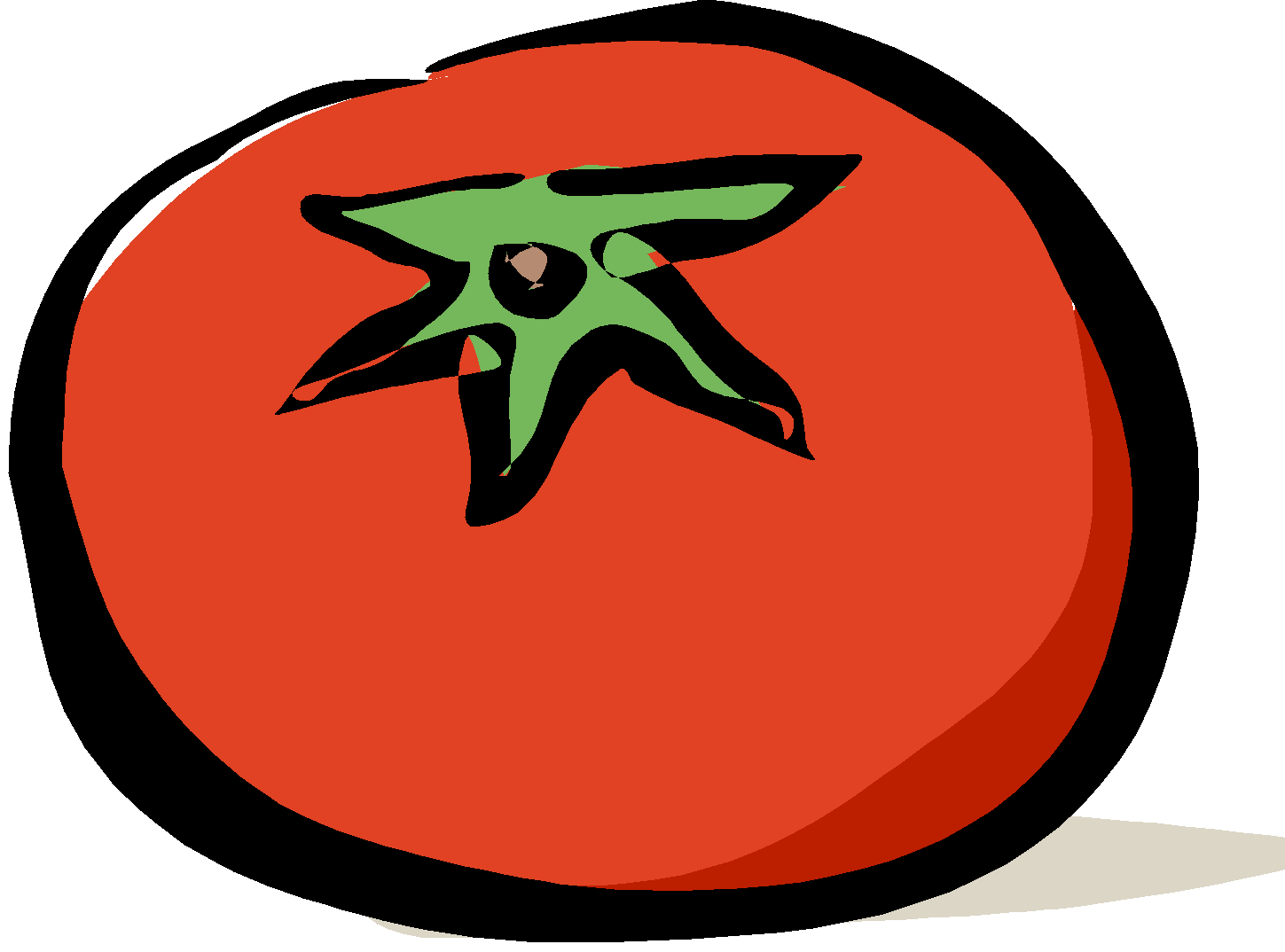Idaho Tomato Lady
PINE CREEK NURSERY

SSite is best viewed on a PC. If on a phone, the menu bar is the three red lines. Click to open.
BLUEBERRIES, RASPBERRIES, BLACKBERRIES, STRAWBERRIES, ELDERBERRIES AND CURRANTS
Our plants arrive bare root in March. We pot them up, then keep them cool in the tunnel until thier new feeder roots are established. When they start to grow, they go outside to continue acclimating to our climate. This process assures healthy, happy plants that are ready to plant in your garden. Scroll down to see what we offer this year


-Scroll down-
BLUEBERRY PLANTS
Blueberry bushes not only provide fresh fruit, but are also lovely in the landscape. Even their winter wood is attractive. They do quite nicely with other shrubs that like acid soil. Their shallow roots must be mulched, and humus-rich soil is best. (incorporate peat moss and compost). Acidify soil with blueberry food or sulfur. Keep moist at all times. Plant more than one variety for best fruiting. These are all compatible
RASPBERRY PLANTS
There's nothing better than fresh raspberries on your morning cereal or snacking as you pick. They freeze beautifully and make wonderful additions to smoothies in the winter. Raspberry jam is the best!
Raspberries are reliably hardy in our climate. There are two types, July bearing, that bloom on last year's wood, and everbearing, that bear on primocanes (the new canes that grow up in the summer). We have both types in red, and a great everbearing yellow. When you plant your patch, remember that they will spread rapidly so give them room. Add plenty of organic nutrients, especially bone meal or other phosphorus source to encourage fruiting. It's not mentioned, but we also ordered in some Boyne raspberry starts this year. It's an early-bearing red, flavorful and hardy.
Pruning raspberries: Regular, July fruiting, plants bear on canes that grew the previous summer. After they bear, the canes are cut to the ground. This is easiest in fall when the leaves fall. Remove any spindly growth and cut them back to 5 feet to encourage lateral growth in spring. Everbearing varieties produce on new canes in fall, then again next July on the same canes. Tip back the canes but don't cut them out until after they bear again in July.
THORNLESS BLACKBERRY
TAY BERRY
t
Thornless Blackberries are in high demand, and we will have lots this year. Besides Triple Crown, we ordered Chester and Prime Ark Freedom. All will do very well in our zone. They have big arching canes that you can train on wires, or cut them bush style. Dig a big hole at least 5 ' apart and amend with plenty of phosphorous as well as compost and manure. These berries will need the old canes cut out after they bear fruit. Thin to best canes.
STRAWBERRY PLANTS
One of my favorite things is heading out to the garden with a bowl to collect fresh berries for my breakfast. With a ltitte care, these plants will provide all the fresh fruit you can eat plus some for your freezer, too.
We offer only everbearing strawberries. The plants establish quickly and will bear fruit the first year, mostly on their second flush. Once established, there are basically two main crops. The first is in July, then after a rest (and I suggest a feed at this stage), another large flush in later summer that can last into frost.
For amazing flavor no matter what, try Tribute, but don't expect them to ever get really sweet. Tribute is a bit softer and smaller than Albion. For sweetness, you want a perfectly ripe, completely red Albion, picked in late August and eaten right out of the garden. Albions are quite firm, and not amazingly flavorful unless they are red ripe throughout. (of course they are always better than store berries!). We have added Mara des Bois now, and they are worth planting for amazing flavor. They survived the cold in a wheelbarrow, too so are hardy.
We offer plants in pots or bare root bunches, while they last. Potted plants will give you fruit faster, since they have established roots when you plant them.
Strawberries like good soil and plenty of water. As mentioned, a good feed in spring and another after the first fruiting will encourage a good harvest of larger berries. Use a good all purpose organic fertilizer with a high middle number. Check your patch often, avoid rotten fruit and spotty leaves. They all make runners, which often have fruit on them. Direct them to bare spots or clip if you wish. Eventually the patch will need refurbishing. Mine last about 4 years before they need redoing. Add compost/manure/organic fertilizer with phosphorous, such as bone meal. Plant about 14" apart.
ELDERBERRIES
Elderberries are good for you-high in antioxidants and are anti-viral immune boosters. These cultivars have larger, darker berries than the native elderberries. They are generally 6' to 8' shrubs. They do best with a pollinator but could also cross pollinate wtih wild elderberries. They need average water and fertilizer. Cut some old stems out to promote new growth after the first three seasons.
CURRANT-JOSTA-GOOSEBERRY PLANTS
Thse plants are small shrubs that will bear nutritious fruit for you for years in your garden. They prefer full sun, but may take a bit of afternoon shade. Plant in good holes with organic matter and fertilizer. Make sure to include bone meal or other phosphorous rich substance. Once established, infrequent deep watering would be best. (like weekly in the heat of summer). They bear best on young wood, so plan to cut out some old wood every year after the first few years.




















